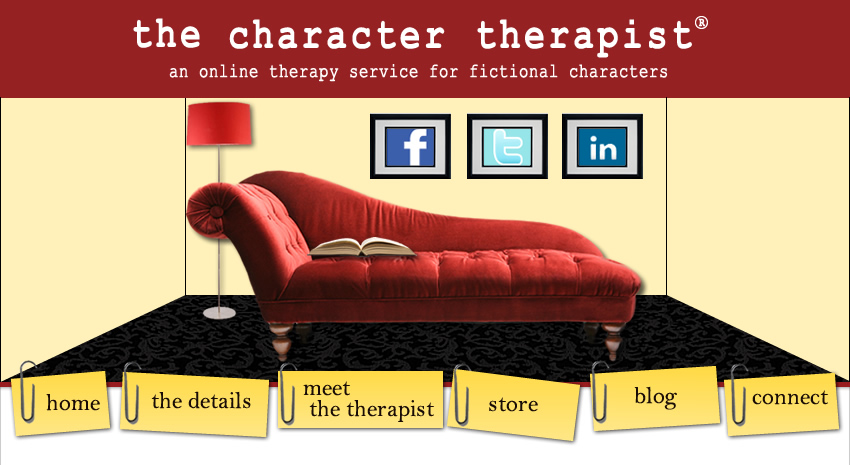This is also called the Stages of Change. Any time a person tries to change a behavior or life situation, often around New Year's, this theory gets a little face time on self-help sites. The theory first came about from the world of addiction, specifically as applied to smokers trying to quit. It has since crossed over to many other mental health arenas and even to business models.
But I had an epiphany! This theory is really helpful for writers in conceptualizing the stages of a character's arc through a novel.
The first stage is what we'll cover this week, with each additional stage to follow every Thursday.
The Precontemplation stage is where our characters are at when the novel starts. This is when they aren't even thinking about changing their life. Things are status quo and that's the way they like it. This is when the hero or heroine are completely ignorant of the issue they need to face, or they are in complete and utter denial about it.
The character may feel like they have no control over their life situation, or that they are forced to continue on as they have been. For example, a son who doesn't want to take over this father's business feels that he has to because it's expected of him and he's been groomed for it his entire life. He's in the precontemplation stage because he hasn't even considered that there might be another option.
A character in this stage won't move toward the Contemplation stage until after the inciting incident. Many books start with the inciting incident and leave much of the actual precontemplation stage to the reader's imagination, flashbacks, or internal monologue cues, so keep this in mind.
When your character is in this stage, it's helpful if things happening to them elicit some of the following questions:
What would have to occur for me to consider making a change?
What would have to happen for me to consider that I have a problem?
How have I tried to change this behavior in the past? Why didn't it work?
Next week we'll consider the Contemplation stage as your character moves through their internal and external arcs.
Q4U: Do you start your books with the inciting incident, or do you leave the reader a scene or two to establish your story world and the status quo of your character?










5 comments:
Jeannie,
I like this new idea. I'm looking forward to reading it each week!
I prefer have a pre-contemplation stage where we see the character in his/her current situation. I actually think it's less fulfilling to have a character change within a story when readers have no really clear idea where the character started. Some classes I've been in for writing promote a bridging conflict to open the story. This is a conflict that isn't the inciting incident but one that allows readers to see how the character is functioning in their current world before the inciting incident occurs. How the character handles the bridging conflict reveals the issues that the story will be about. I think this provides a richer story and doesn't have to take up a lot of space.
anonymous - i have a tendency to agree, but it seems that in every writer's conference or course you go through, it's pounded into you to start your story with the BANG, sometimes literally.
my crit partner wrote a book where she heroine did something so normal for her--so every day--right at the beginning. that's how we meet her. it's while she's doing this average thing that the inciting incident actually occurs, and it's a great juxtaposition. so i think it can be done well, and done quickly, and yes, add a lot to the story.
Oh, this is a very cool idea. I'll certainly be staying tuned to see how this goes. Yet another way to consider my characters from another angle... I might also need to take a look at the secondary characters through this lens as well to help make them more dynamic.
Thanks for this!
I like this idea too. Looking forward to the rest of the series.
Blessings,
Karen
Post a Comment
Both comments and questions are welcome. I hope you enjoyed your time on the couch today.